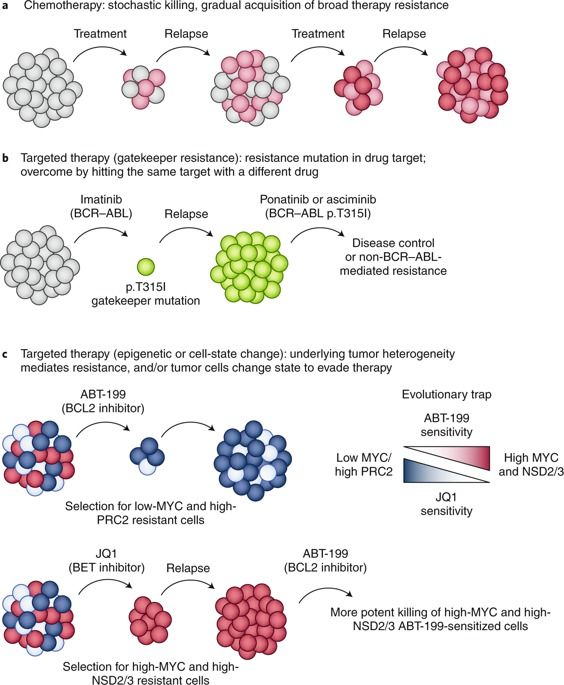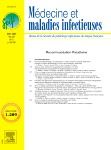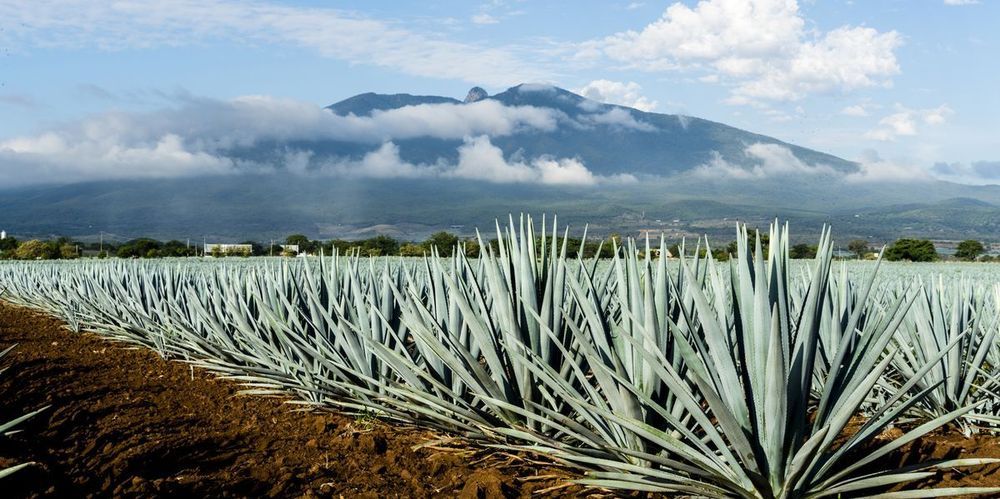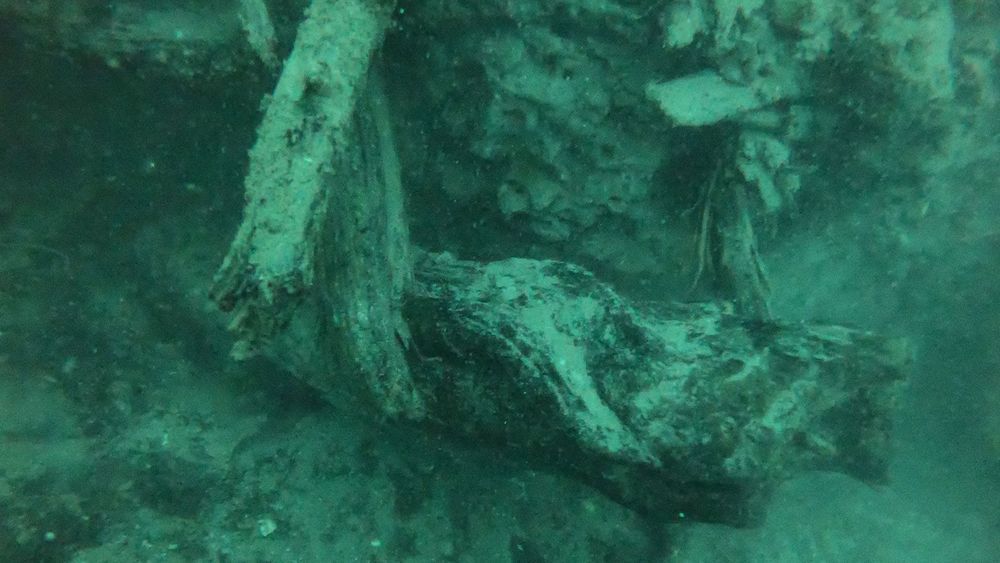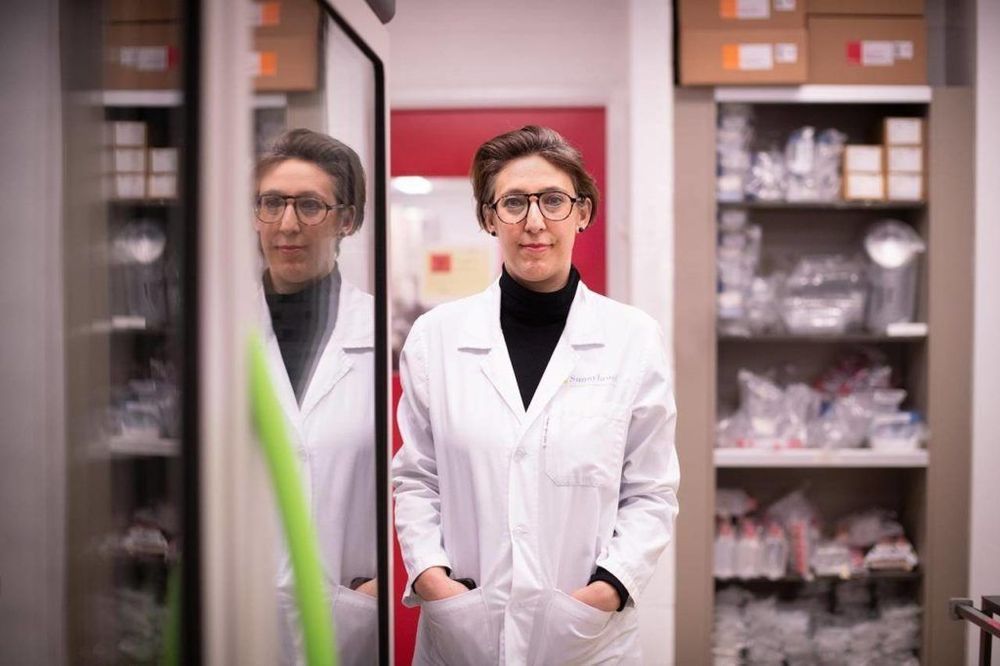Apr 5, 2020
Springing an evolutionary trap on cancer
Posted by Nicholi Avery in category: biotech/medical
Cancer cells have the extraordinary evolutionary potential to adapt and acquire resistance to most conventional and targeted therapies. In a new study, Lin et al., develop a systematic approach to identify combination therapies that produce cancer traps, in which evading the first drug makes the cancer vulnerable to the second.
